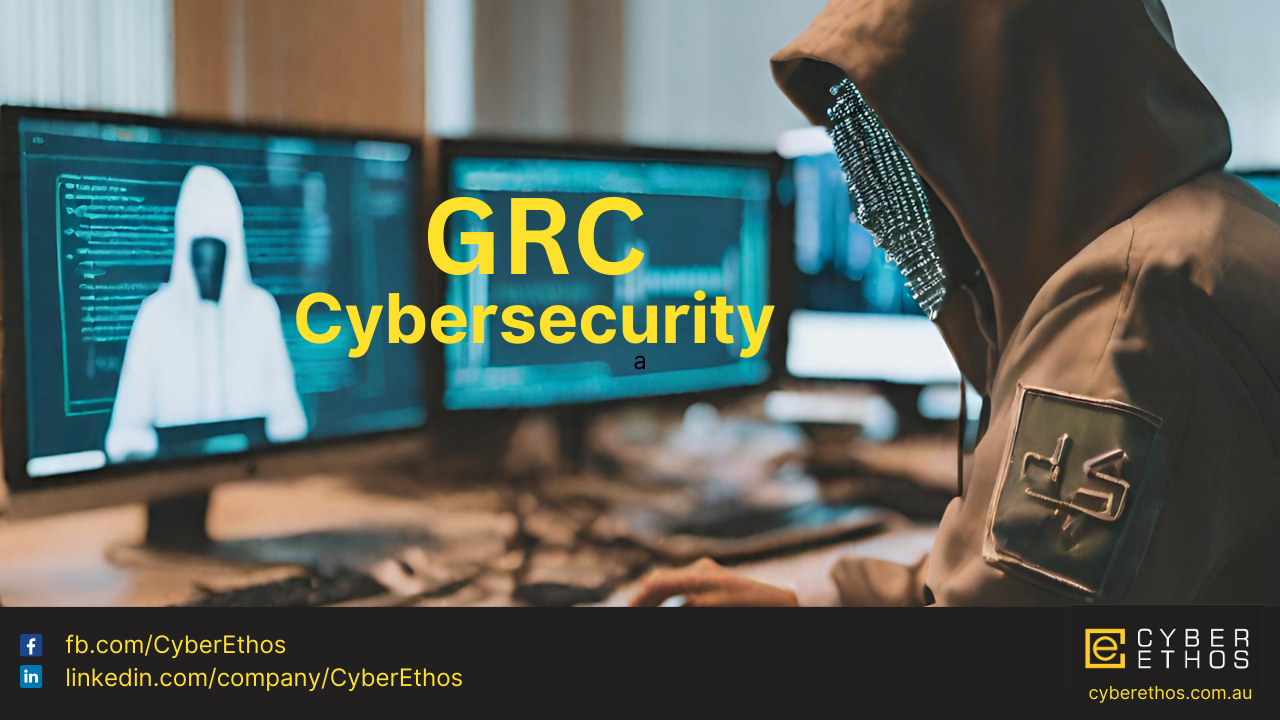GRC Framework in Cybersecurity: Key Components for Risk and Compliance
A thorough GRC framework in cybersecurity usually includes:
Governance entails developing policies, procedures, and decision-making structures to ensure that cybersecurity objectives are aligned with business goals. This includes defining roles and responsibilities, establishing responsibility, and developing oversight systems.
Risk management entails identifying, assessing, and prioritising cybersecurity risks to an organization’s assets, systems, and data. This includes completing risk assessments, installing risk-mitigation mechanisms, and regularly monitoring and reassessing the risk landscape.

Compliance management is the process of ensuring that relevant laws, regulations, industry standards, and internal cybersecurity policies are followed. Understanding regulatory requirements, conducting compliance assessments, establishing controls to close compliance gaps, and keeping documentation to demonstrate compliance are all part of the process.
Continuous Monitoring and Reporting: Setting up processes to continually monitor cybersecurity activities, detect potential threats and vulnerabilities, and report on key performance indicators (KPIs) and metrics relevant to governance, risk, and compliance.
A complete GRC framework enables organisations to successfully manage cybersecurity threats by establishing an organised approach to governance, risk management, and compliance. It lets business to identify and prioritise cybersecurity issues, allocate resources more efficiently, and foster a culture of security awareness and accountability throughout the organisation. Furthermore, it assists organisations in staying current with new regulatory standards and industry best practices, lowering the probability of noncompliance and associated penalties.
